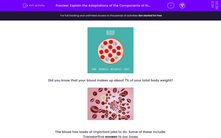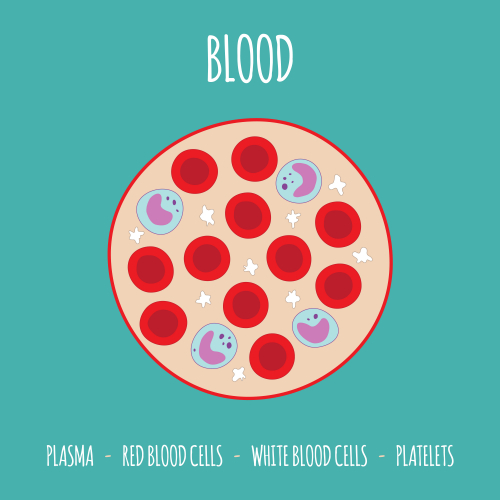
Did you know that your blood makes up about 7% of your total body weight?

The blood has loads of important jobs to do. Some of these include:
Transporting oxygen to our lungs
Transporting important nutrients to cells and tissues
Forming blood clots to prevent too much loss of blood
Fighting off bacteria and other pathogens to stop us from getting sick
Getting rid of waste products
Regulating our body temperature
The blood is made up of four components:
Red blood cells
White blood cells
Platelets
Plasma
Each of these components has a specific function and related adaptations. Let's explore these further.
Red blood cells (RBC)
.jpg)
Red blood cells give the blood its bright red colour. They contain a special protein called haemoglobin. Red blood cells don't have a nucleus - this makes room for more haemoglobin. Oxygen from the alveoli in the lungs combines with haemoglobin to form oxyhaemoglobin. Oxyhaemoglobin is broken back down to oxygen, which is delivered to the cells around the body.
Red blood cells have a biconcave shape (a bit like a doughnut) to give them a larger surface area – it allows more area to be in contact with oxygen to make it easier for it to diffuse into the cell. Its shape also makes the cell more flexible, allowing it to fit through small vessels in the body. Red blood cells also have thin cell membranes, allowing oxygen to diffuse in quickly.
White blood cells
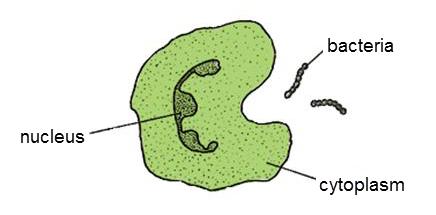
Unlike RBCs, white blood cells contain a nucleus, so are much larger than red blood cells and are fewer in number. White blood cells protect the body from infection. Some white blood cells called lymphocytes produce something called antibodies which attach to the surface of pathogens, helping to identify pathogens that need to be destroyed. Certain white blood cells can change shape. These are called phagocytes and are responsible for engulfing and destroying pathogens.
Platelets
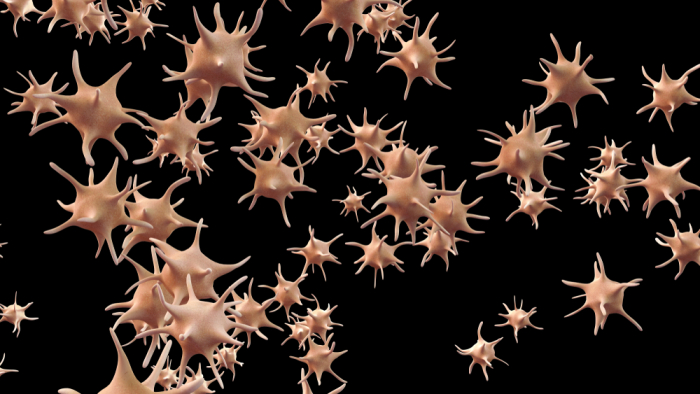
Unlike red and white blood cells, platelets aren't actual cells but fragments of cells. The main function is to clot blood at the site of a wound to prevent further bleeding. Platelets are able to change shape. They often form a star shape with tentacles like an octopus! These 'tentacles' help to plug any broken blood vessels. The platelets end up forming a scab over the wound which also prevents further infection by bacteria.
Plasma
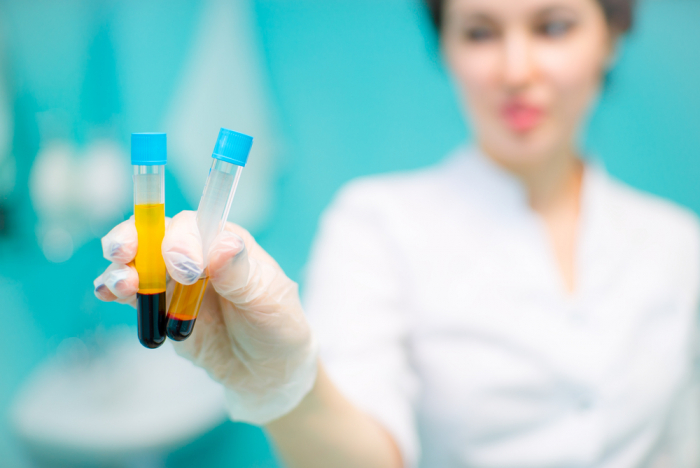
Plasma is the yellow liquid component of your blood. Its job is to carry the blood cells mentioned above along with other substances such as waste products like urea, which is transported from the kidneys to the bladder. Small, soluble products of digestion produced by the small intestine also move around the body in the plasma.
You can think of plasma as the water that forms a river and the cells as being the fishes, frogs and alligators that are transported by the river!
In the following activity, you will explain the adaptations of the main components of blood.

